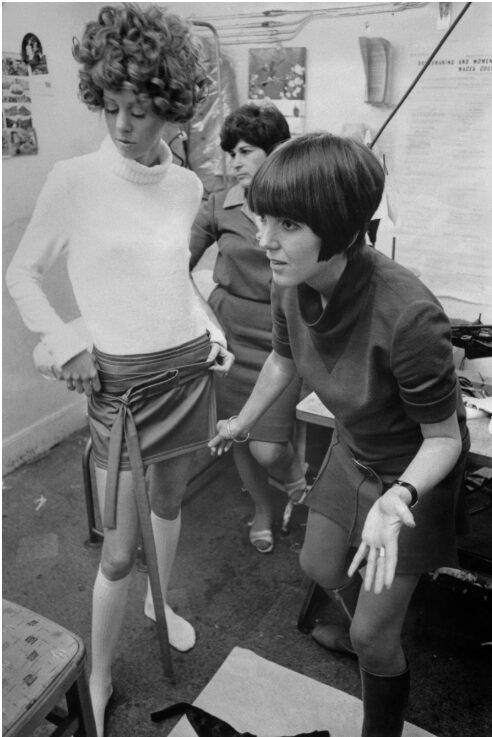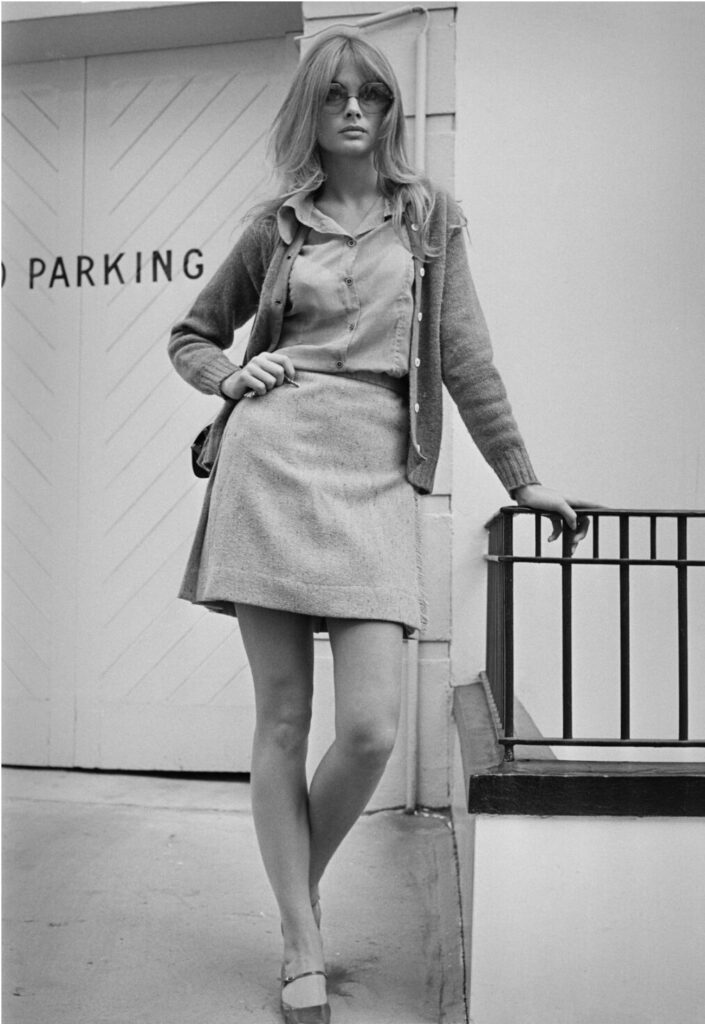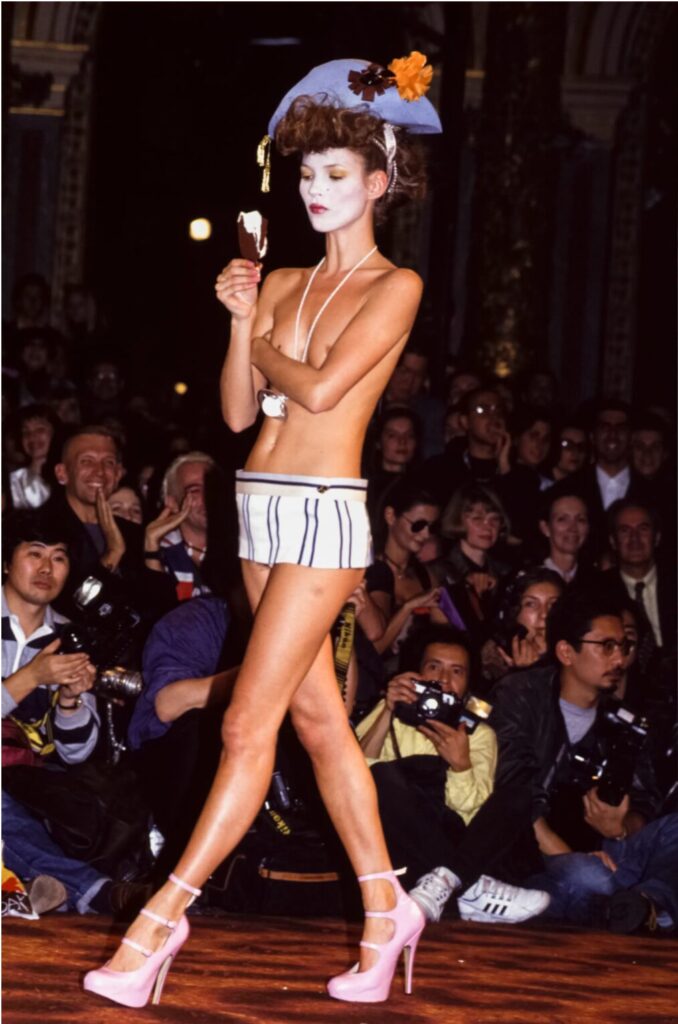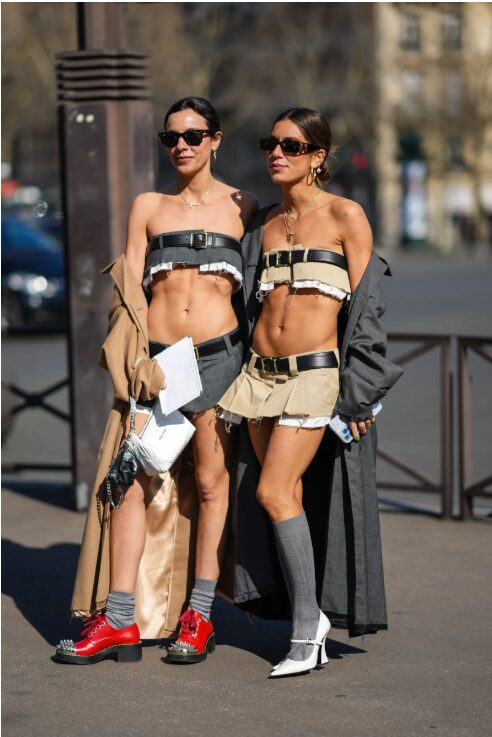The miniskirt, a fashion item that symbolizes youth and freedom, has a long and rich history. It is not just a piece of clothing, but also a microcosm of cultural and social change. This article will sort out the fashion trajectory of the miniskirt from four dimensions: origin, development, key figures and its social significance, and reveal how it became a symbol of women’s liberation and trend pioneer.
1. The Historical Origin of the Miniskirt: Ancient Short Skirt Form

Although the concept of the miniskirt became popular all over the world in the 1960s, the form of the short skirt can actually be traced back thousands of years. Archaeologists have found that as early as 5400 to 4700 BC, women in early European civilizations wore short skirts similar to miniskirts. This may be for practicality, or it may symbolize a certain social identity or free spirit [1][2].
Entering the 20th century, the “Flapper Girl” in the 1920s set off a trend of rising skirts, and skirts above the knee became a symbol of women’s liberation. Due to fabric rationing during World War II, skirts were shortened again, suggesting the need for practicality and innovation[1][2][4].
2. Fashion Revolution in the 1960s: The Birth and Popularity of Miniskirts

Miniskirts really became a fashion focus during the “Swinging London” period in the 1960s. The younger generation rejected traditional constraints and was eager to express themselves through clothing. Miniskirts were a symbol of this rebellion and freedom. Although short skirts had already appeared in science fiction movies in the 1950s, they were pushed into the mainstream in the 1960s[1][3][4].
The popularity of miniskirts is not just a change in skirt length, but also a change in social structure and gender concepts. It gives women more freedom of movement and also symbolizes sexual liberation and youthful vitality.
3. Key Figures: Mary Quant and the Rise of London Fashion

Mary Quant is widely regarded as the epitome of miniskirts. In 1955, she opened a store called “Bazaar” on King’s Road in London. With its simple and bold designs and bright colors, she challenged the conservative fashion concepts of the time[1][2][4].
Her inspiration came from a ballerina’s skirt that she saw by chance. Mary Quant raised the hem of her skirt to about six inches above the knee, creating a true miniskirt. She even named this skirt “miniskirt”, inspired by her favorite mini car, symbolizing youth, vitality and fun[1][4].
Bazaar is not only a shopping place, but also a cultural scene where young people gather. Music, parties and fashion are intertwined to form a unique youth subculture.
4. The social significance and lasting influence of miniskirts

Miniskirts are not only a fashion trend, but also a symbol of women’s autonomy and social change. It breaks the constraints of traditional aesthetics and morality, allowing women to dare to show themselves and express their personality. The miniskirts of the 1960s represent the spirit of an era – freedom, rebellion and innovation[1][3][4].
Since then, the miniskirt has experienced many revivals and changes, from the sporty “rah-rah skirt” of the 1980s to the modern diversified designs, and has always maintained its position as a fashion pioneer. It inspires designers to constantly explore the boundaries of female aesthetics and has become an important carrier for young women around the world to express their attitudes.
The story of the miniskirt is a legend about fashion and freedom. From the practical short skirts of ancient civilizations to the symbol of women’s liberation in the 20th century, to the diverse design expressions of contemporary times, the miniskirt has witnessed the changes in society and the evolution of culture. It is not just a piece of clothing, but also an attitude, a way of life that bravely embraces oneself and challenges tradition.
[1] https://www.contrado.co.uk/blog/history-of-the-miniskirt/
[2] https://www.gblabels.co.uk/history-of-fashion-the-miniskirt/
[3] https://www.vogue.com/article/1960s-fashion-history-lesson
[4] https://en.wikipedia.org/wiki/Miniskirt
[5] https://historytimelines.co/timeline/mini-skirts
[6] https://www.vam.ac.uk/articles/the-miniskirt-myth
[7] https://www.nssgclub.com/en/fashion/22210/storia-minigonna-mary-quant
[8] https://fashionhistory.fitnyc.edu/tag/miniskirt/

